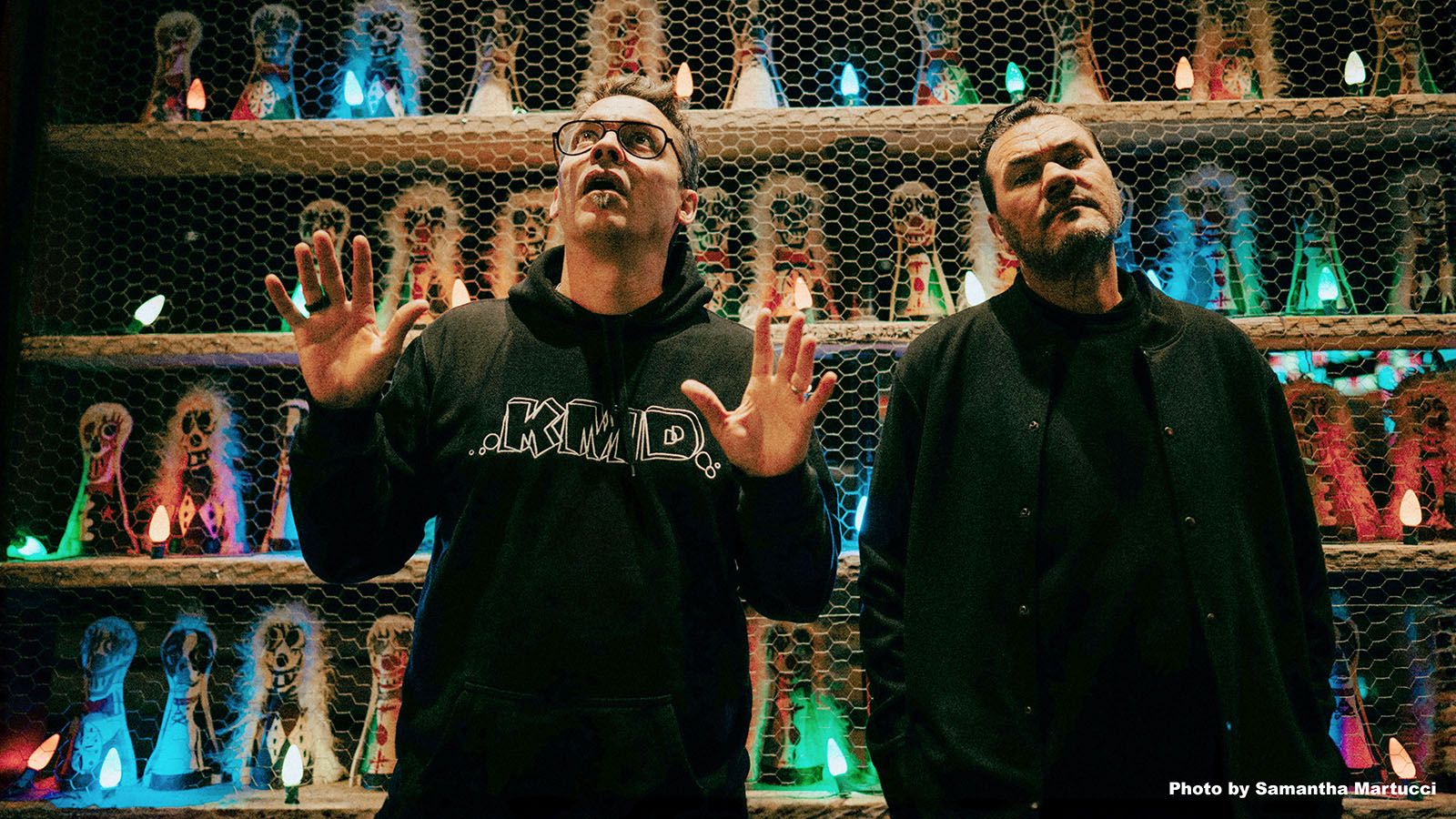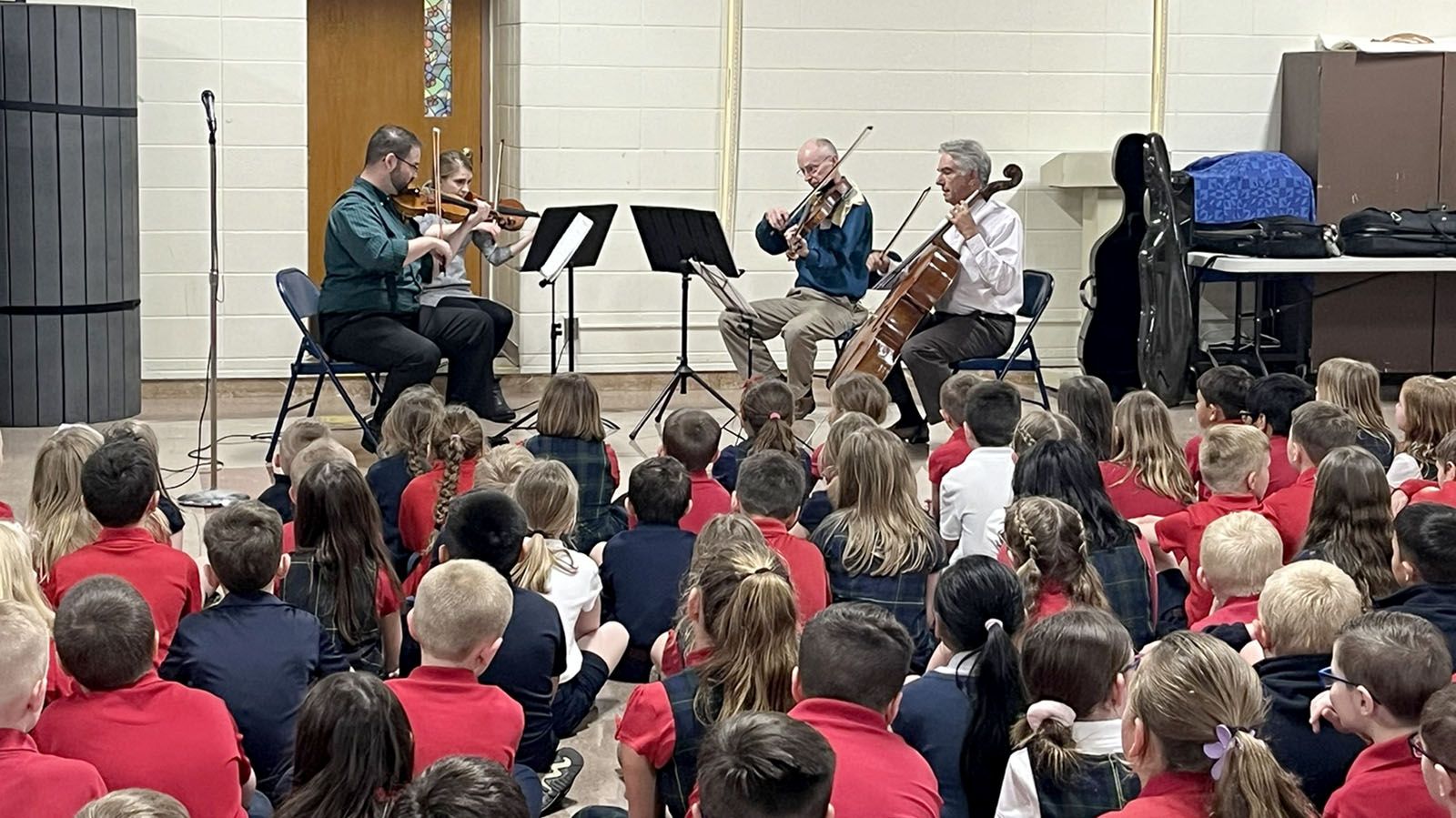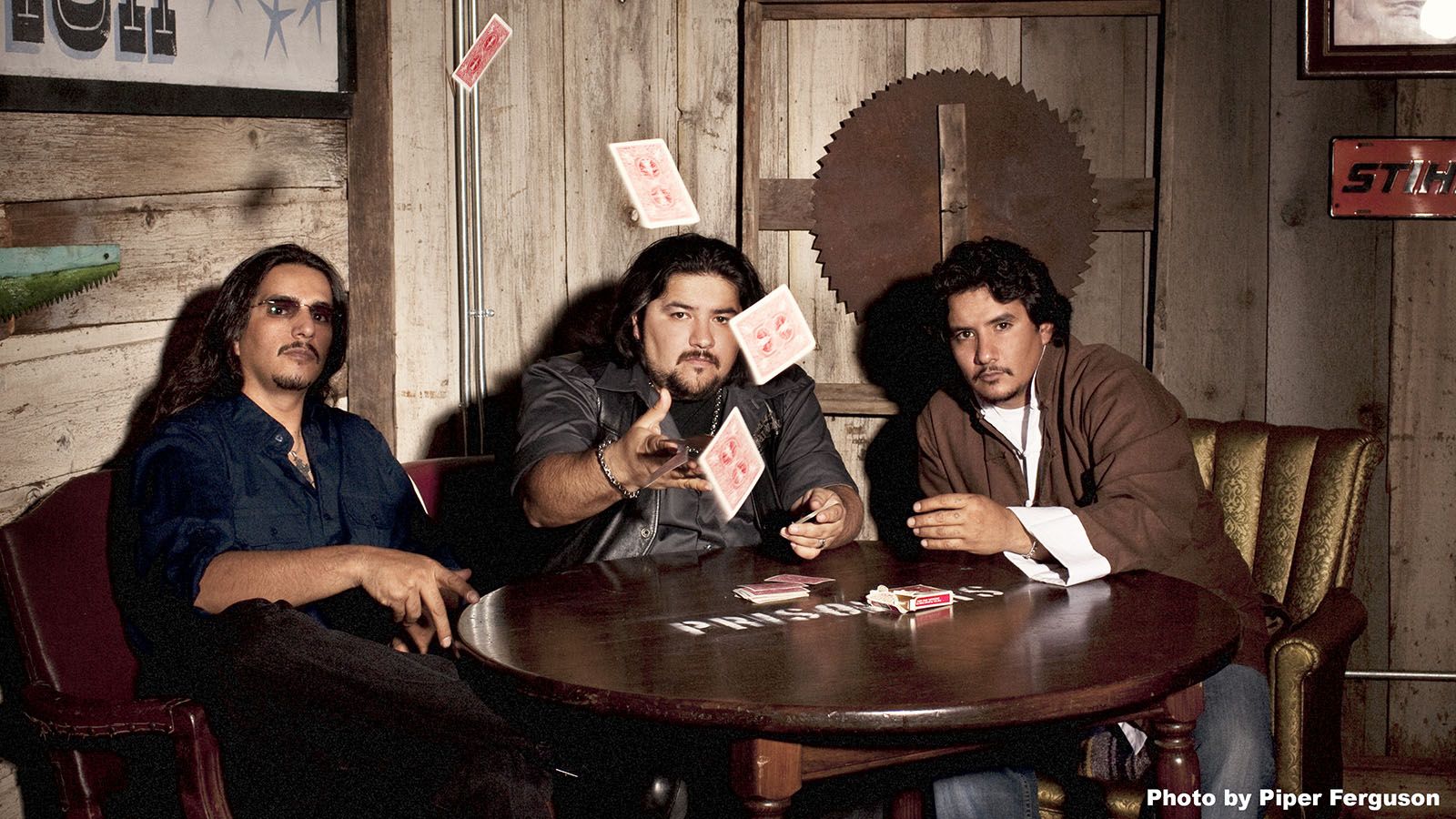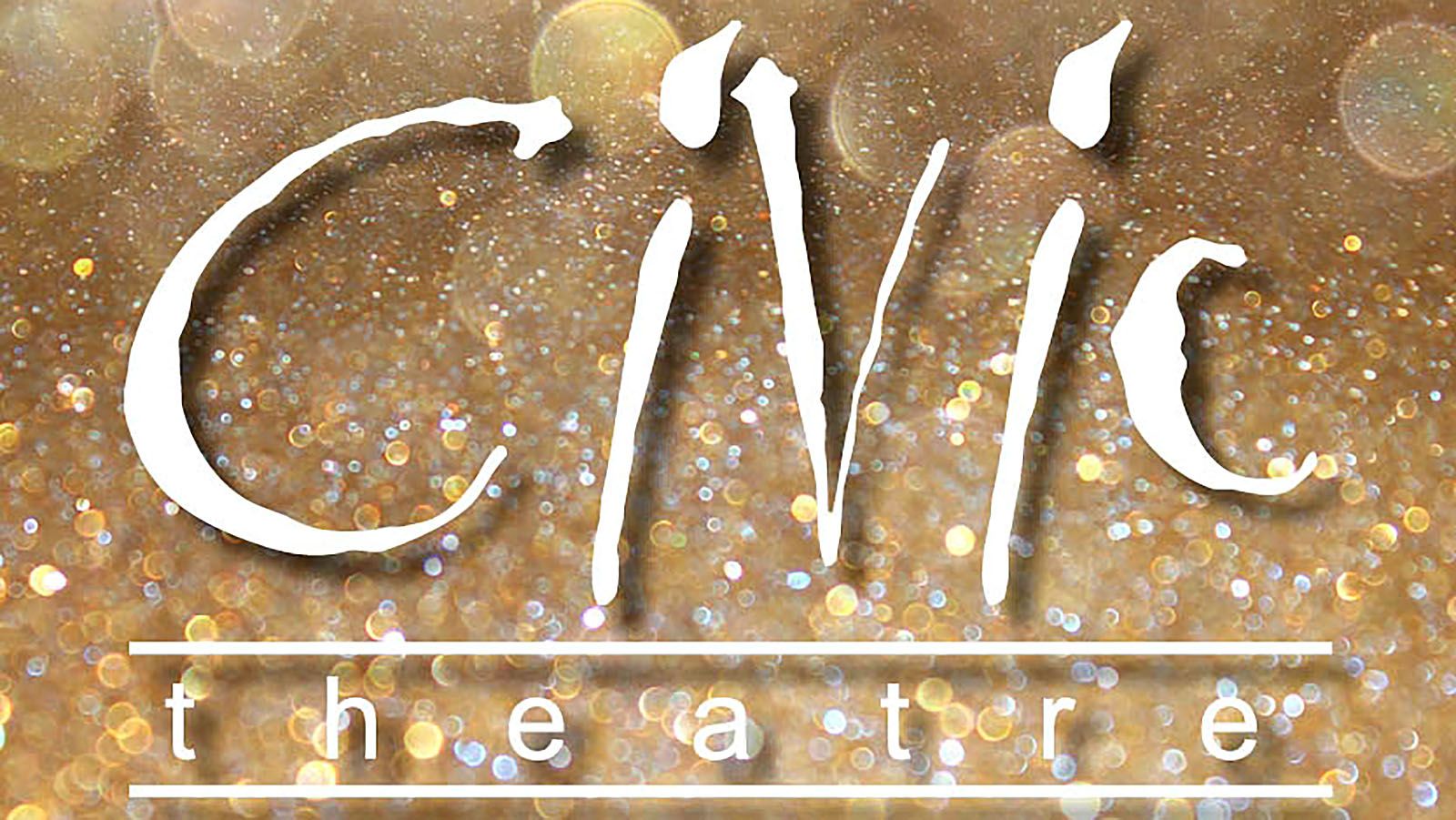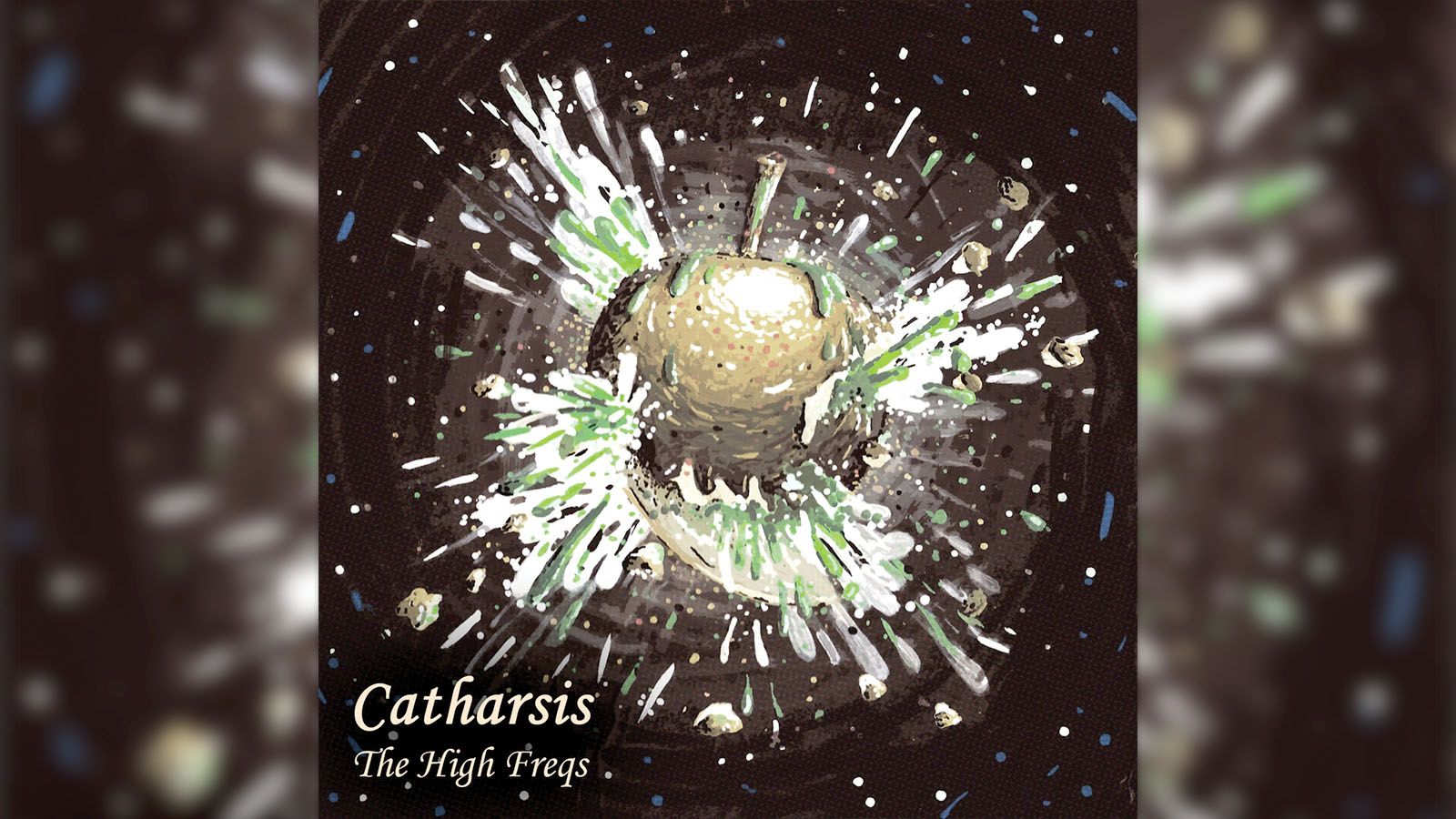Atmosphere are one of those groups I was aware of but had not really listened to.
Like most underground hip-hop artists, you’re not likely to hear their music on the radio or on commercials.
So, when I was able to score an interview with Sean Daley, aka Slug, ahead of Atmosphere’s stop at The Clyde Theatre on Saturday, Feb. 1, with Sage Francis and Mr. Dibbs, I did my homework.
Straight from their opening track — “1597,” off their 1997 debut, Overcast! — I knew this was something I’d have to delve deeper into.
Atmosphere
w/Sage Francis, Mr. Dibbs
8 p.m. Saturday, Feb. 1
The Clyde Theatre
1808 Bluffton Road, Fort Wayne
$32.50-$35 · (260) 747-0989
Defining ‘underground’
What is underground hip-hop? Initially, one would think it’s a genre of music that does not extend beyond the city in which it’s created. Sure it’s good, but it’s not well-known beyond a 50-mile radius.
However, when doing a non-scientific Google search of “underground hip-hop artists,” you get some pretty recognizable names: MF Doom, Aesop Rock, Mos Def, Murs, Run the Jewels, Dilated Peoples, Jurassic 5, The Pharcyde, and The Coup.
From that list, you can see artists that focus more on lyrics, stories, and rhymes than creating the next hit song you’ll hear at the club.
To get more clarity, I asked Daley, who along with producer Anthony “Ant” Davis are Atmosphere.
“When I was younger, it was defined by the odds that were against you,” he said. “It was defined by what kind of struggles and hurdles you had to get by to get heard. But now that everything has kind of changed in the landscape, now that getting heard is no longer a matter of resources, getting heard is more about people wanting to hear you.
“I think that underground is now more of an aesthetic. It’s like, ‘Do you have a sound that is a direct kind of revolt against what is popular, or what is mainstream or “the norm.” ’ I hear artists now on major labels who sound like underground artists. So, it’s no longer a matter of resources.”
Parental guidance
Born and raised in Minneapolis, Daley’s introduction to hip-hop came the same way many of us are introduced to music.
“Just like most kids, you’re kinda stuck listening to what your parents listen to,” he said. “I had young parents. So, my father was listening to funk and disco, which slowly evolved into rap. Rap was kind of born out of that disco movement. Early rap was just funk and disco breaks with some guy chanting over it. My dad was young enough to be into Sugarhill Gang, Funkmaster Flash.”
After an introduction, Daley eventually found his own sound thanks to Run-DMC.
“That’s when I was like, ‘Oh, this not for my dad. My dad does not listen to these guys f—— yelling at him on top of a drum machine.’ I gravitated toward that solely based on the fact that I knew my dad didn’t like it,” he said.
And hip-hop is not only a genre — it’s a lifestyle. Saying he dabbled in break dancing, graffiti, and DJing, Daley said rapping became his go-to art.
“When I realized I was just mid at break dancing, and mid at graffiti, and mid at DJing, I chose rap, because it was the easiest,” he said.
His rapping led to forming Urban Atmosphere with Derek “Spawn” Turner.
Working through the Minneapolis hip-hop scene, Daley was introduced to Davis by fellow rapper Mussab “Sab the Artist” Saad, changing his life.
“This couldn’t have happened without him,” Daley said of Davis. “He had so much influence on helping me learn how to present what I was trying to present. He saw what I had and what I was trying to do. He also saw that I was just throwing it all in a bowl and handing it out. He was like, ‘No. First you actually have to beat the eggs. You can’t just throw the eggs in there. Get them out of the shell. Then beat the eggs.’ Prior to that, I was just, ‘Turn the beat on. I’m gonna rap.’ He was the one that really helped me craft what I do.”
Along with Brent “Siddiq” Sayers, Daley, Davis, and Saad formed Rhymesayers Entertainment 1995, a label Atmosphere remains on.
Emo rap
With a label of their own, Atmosphere made music they wanted with worrying about what record execs may clamor for.
That freedom led Daley to write about things he wanted to, as he tackled mental health issues at a time when that was a rarity in hip-hop. He even coined the term “emo rap” in an interview, a term that took hold.
“I did it as a self-deprecating joke, because I saw how some of the underground landscape was rejecting what I was doing because it wasn’t super-aggressive and super-macho,” Daley said. “When they were rejecting me, I was like, ‘Cool.’ I worked in record stores my whole life, so I know how the game goes. So, I started calling what we do emo rap as a joke.”
The emo rap connotation rings true on such album titles as 2008’s When Life Gives You Lemons, You Paint That S— Gold and 2005’s You Can’t Imagine How Much Fun We’re Having, with latter being featured on their current Imagine the Fun Tour.
The Making of You can’t imagine
“In a different reality, (You Can’t Imagine) could have been our last album,” Daley said. “This could have been the album where afterwards I overdosed on whiskey. Who knows what? I’m very lucky to have made it through how I made it through.”
When talking about the making of You Can’t Imagine, Daley was candid.
“In 2005, I was coming off a lot of touring,” he said. “A lot of people were trying to make me feel important and famous. I had been courted by all the major labels. I had meetings with (Def Jam Recordings co-founder and acclaimed producer) Rick Rubin. I was playing him demos from this album. The whole world was trying to make me feel famous, and I was rejecting it because I was afraid of success.
“I can only say this now. I would not have said this to you at the time, because I needed some space to be able to look back at it retrospectively and really understand what was going on.
“I was basically rejecting what the world was trying to do for me. That is what created this album. This album is made out of all the anxiety and fear and nervousness that comes with someone ascending in the world of art.”
On top of that, Daley was coming off a difficult year that involved in-fighting in his traveling band, an untreated tooth infection that led to alopecia, and the slaying of a young lady at a 2003 show in Albuquerque, New Mexico, which he raps about in the song “That Night.”
“There were things on that album that were very … almost reveling in the digustingness and grossness,” he said. “And then there’s other parts of the album that are really taking on the heaviness of what my life was at the time. The juxtaposition of those two things, I think made this album in a way where you can hear the anxiousness. I do think the entire album does sound like anxiousness. So, trying to present that 20 years later where I am nowhere near anxious is really a trip.”
Twenty years later, Daley can look back on the record through a different lens.
“There’s a lot more beauty in this album than I ever knew,” he said. “It’s just that now I’m putting it through the filter of who I am today, it’s able to show this beauty. The fact that I’m a lot more open about my anxiousness or a lot more open about who I am and how I feel about stuff, I’m able to articulate it better than when I was younger.”
At the show, Atmosphere will run through the album, then play other hits.
“I start running through some of the randos from our career, just to make sure that those with an Atmosphere-inspired tattoo gets to hear the song they got a tattoo of because they were inspired,” he said.
And just as fans may have been inspired to get a tattoo from a song he wrote, Daley says the fans have played an important role for him, too.
“It gave me a lifetime of expression,” he said of rap. “I see a lot of people around me bottled up and stressed and angry, and just slowly letting it kill them. This is the age when you really notice that. I’ve been blessed to have a life of being free to be outspoken and say what is on my mind to strangers and have them listen. It’s like I have a billion therapists.”
 Submit Your Event
Submit Your Event